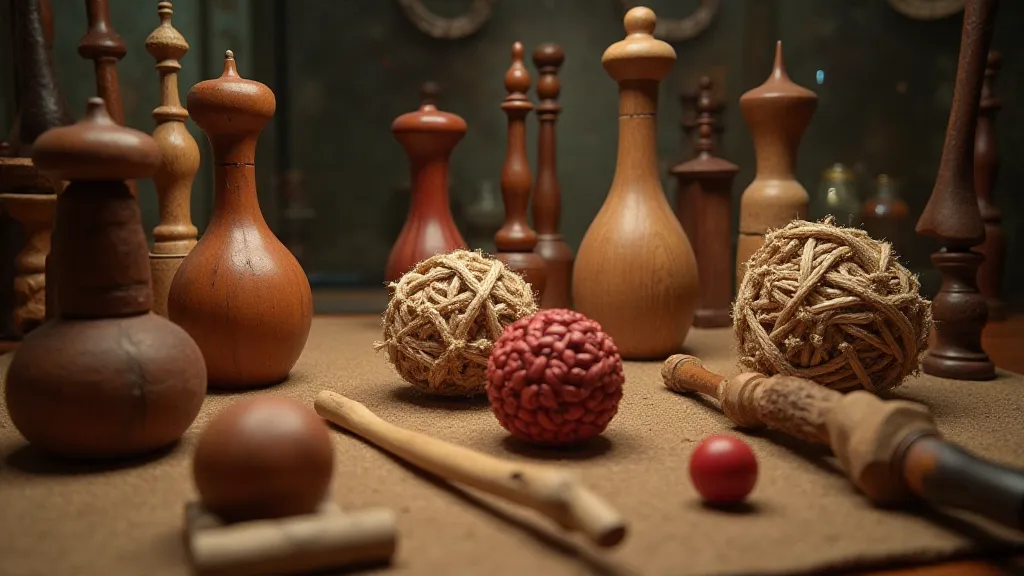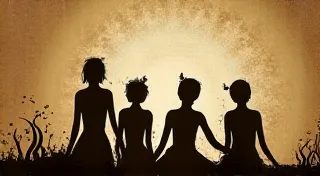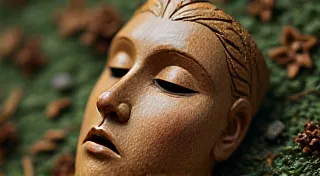The Silent Storyteller: Non-Verbal Narratives in Traditional Play
There’s a peculiar magic that clings to antique accordions, a resonance that isn’t solely musical. It's a feeling of forgotten conversations, of hands meticulously shaping wood and metal to create something both functional and beautiful. This feeling, I’m increasingly convinced, is akin to what we experience when we engage with traditional games – those seemingly simple activities that have been passed down through generations, often carrying within them whispers of history and culture, narratives told not in words, but in movement and equipment.
Think about it: a language, spoken fluently for centuries, can easily erode. Words can be lost to time, their original meanings twisted or forgotten. But a game… a game requires action. It requires a shared understanding of rules, a physical manifestation of tradition. That physicality becomes a vessel, capable of preserving stories long after the spoken words have faded.
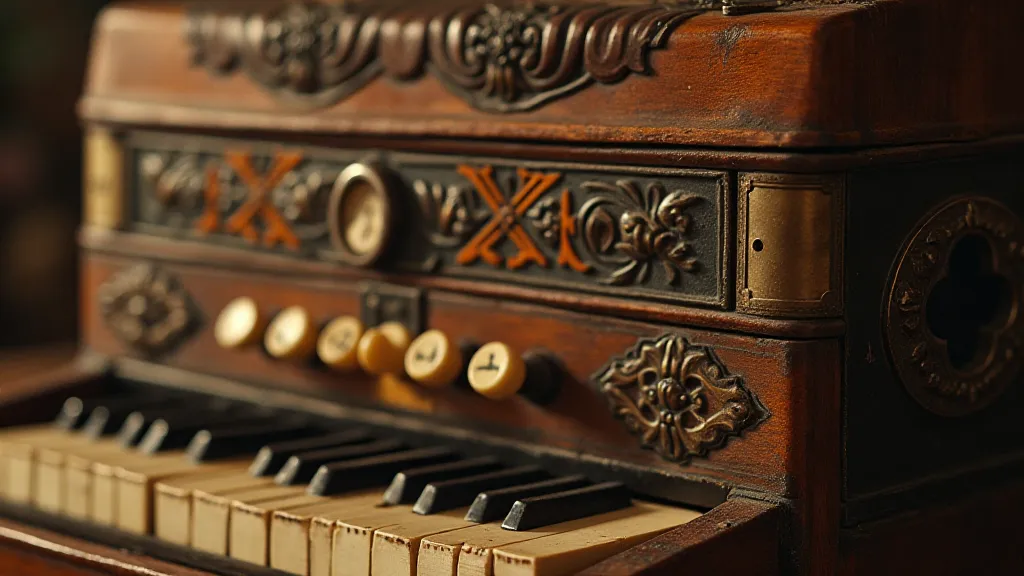
The Game as Living History
Consider the Scottish game of ‘Shinty,’ often called 'hurling' in other parts of the U.K. It’s a fiercely contested sport played with wooden sticks, and while the core rules have evolved, the echoes of its origins are unmistakable. Historians believe it likely stems from a much older, more violent form of tribal warfare. The striking of the 'caman' (stick) and the aggressive pursuit of the 'caitiff' (ball) – even the terminology – hint at a past steeped in conflict and territorial disputes. The very act of competing, the physical exertion, the collective striving – all these are threads that connect modern players to their ancestors, to a landscape and a history defined by struggle.
Similarly, in rural Japan, ‘Mangroke’ (spinning top) is a beloved pastime. More than just a child's game, it's believed to be connected to ancient Shinto rituals, possibly mimicking the movements of spirits or the cyclical nature of the seasons. The skill required to spin the top for extended periods, the precision required to keep it balanced – these aren’t just markers of competence; they're echoes of a reverence for nature and the delicate balance of the universe. The tops themselves, often handcrafted from local wood and decorated with traditional motifs, become tangible links to this cultural heritage.
The Craftsmanship of Meaning
The equipment used in these games frequently holds narrative significance. Take the Sepak Takraw balls used in Southeast Asia. Traditionally made from rattan, the meticulous weaving process isn’t just about creating a durable ball; it’s about incorporating skills passed down through generations, about reflecting the resourcefulness and ingenuity of a community. The tightness of the weave, the uniformity of the rattan strips – these details aren't arbitrary; they're the visual representation of a commitment to quality and craftsmanship. You can almost feel the hands that carefully shaped the rattan, the stories whispered as the ball took form.
My grandfather, a quiet man who rarely spoke of his past, was a skilled woodworker. He would spend hours meticulously carving and sanding pieces of wood. He’s the one who introduced me to the history of Finnish ‘Mölkky,’ a skittles-like game. The pins, each uniquely shaped and weighted, aren't simply targets to knock over; they represent something more—perhaps the challenges and obstacles faced by a community enduring long winters and harsh landscapes. My grandfather never explicitly said so, but I felt it, a quiet understanding that transcended words. Restoring a set of antique Mölkky pins—carefully cleaning each one, revealing the grain of the wood—felt like a form of excavation, unearthing layers of history and connecting with my heritage.
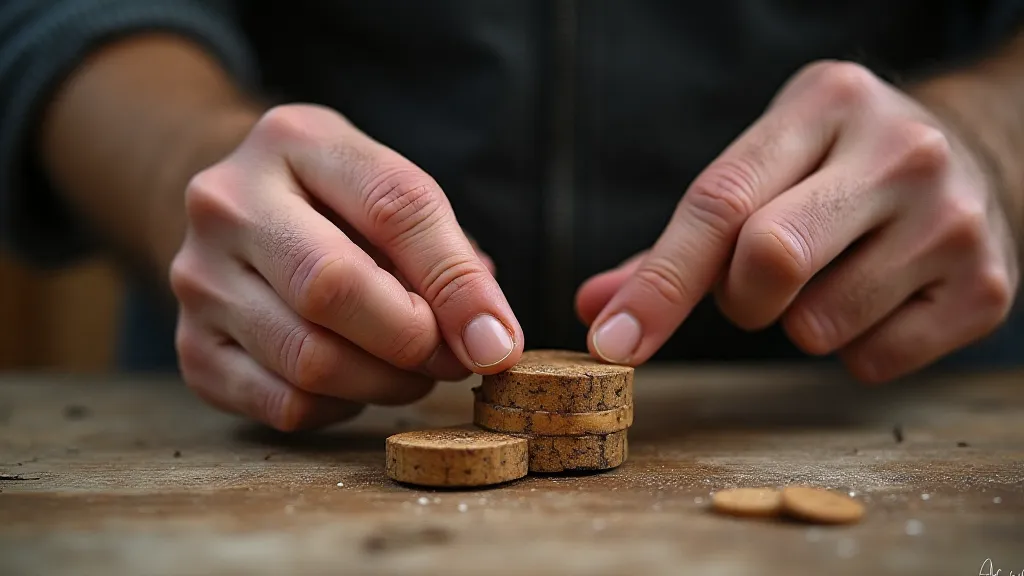
Decoding the Movements
The rules themselves are rarely neutral. They're often a reflection of social structures, power dynamics, and even religious beliefs. In many indigenous games across the Americas, for example, rules are designed to emphasize cooperation rather than competition, to foster a sense of collective responsibility. The movements required to play these games can even mimic animal behavior or traditional dances, further blurring the lines between play and ritual. The way players interact – the gestures, the positioning, the sharing of the ball – all contribute to a non-verbal narrative that’s passed down through generations.
Think about the subtle nuances of ‘Kubb’—a Viking-inspired game that combines elements of chess and bowling. The strategic placement of the 'king' and 'guards'—the tension between offense and defense—likely echoes the tactical considerations of Viking warfare. The act of knocking down the king is a symbolic act, potentially representing the fall of a leader or the defeat of an enemy. Even the precise angle required to launch the throwing sticks suggests a deep understanding of physics and a reverence for the natural world.
Preserving the Stories
The loss of these games isn't merely the disappearance of a pastime; it’s a severing of a cultural link. As globalization homogenizes traditions, these unique expressions of identity are increasingly vulnerable. The rise of mass-produced toys and standardized sports has overshadowed the quiet beauty of traditional play. Restoring and collecting these games isn't simply about acquiring beautiful objects; it’s about safeguarding stories, preserving cultural memory, and reconnecting with our shared human heritage.
Just as an antique accordion, carefully restored, can once again fill a room with the music of a bygone era, so too can traditional games rekindle a sense of connection to the past. They offer us a window into the minds and hearts of our ancestors, a non-verbal narrative that speaks volumes about who we are and where we come from. The beauty lies not only in the games themselves, but in the silent stories they hold—stories waiting to be rediscovered and shared with future generations. Understanding the craftsmanship – the wood, the weave, the feel of the equipment – allows us to feel a deeper resonance with those who came before.
